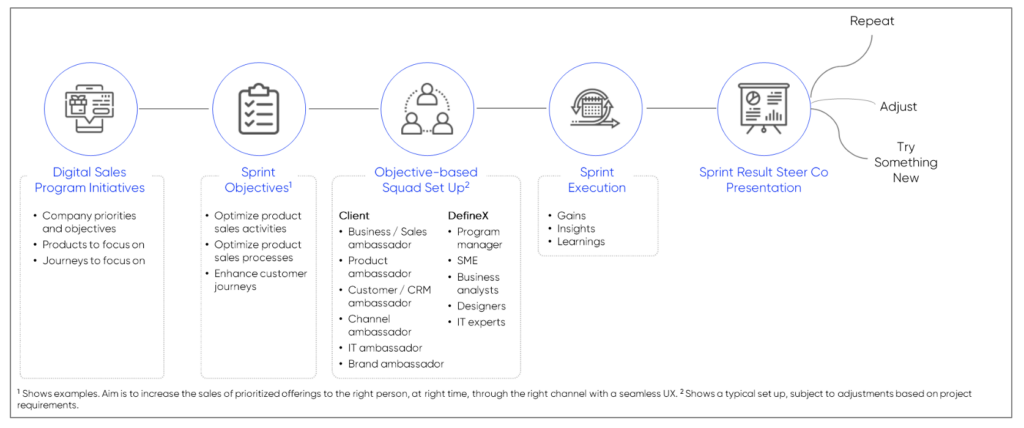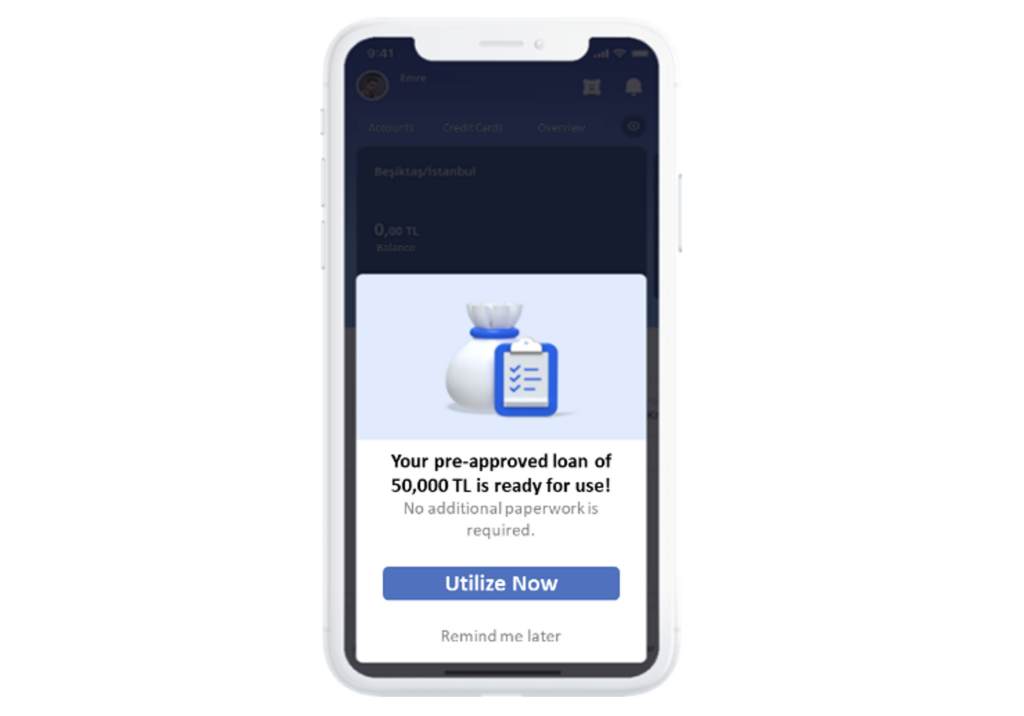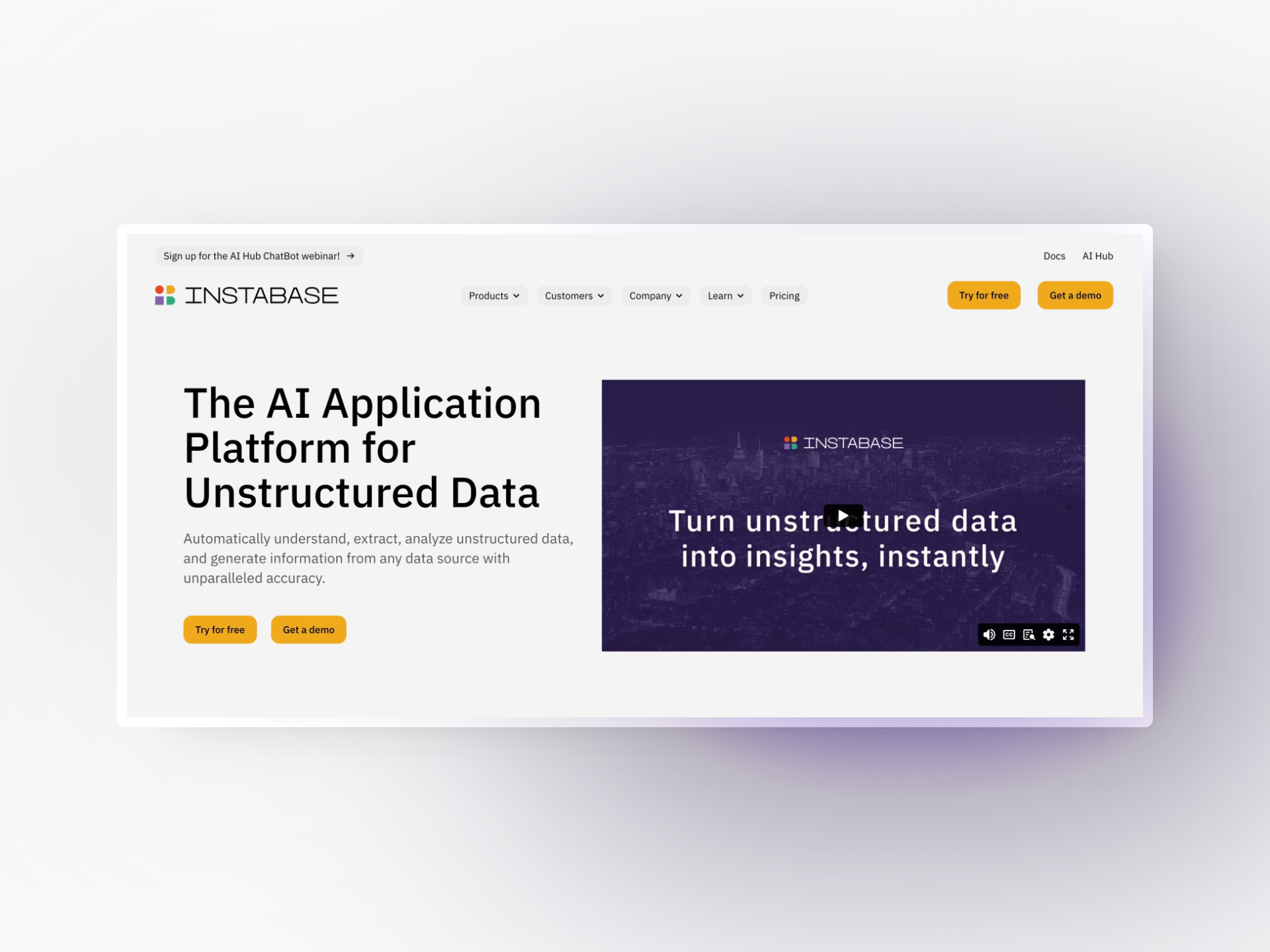 Financial Services
Financial Services
- Insights
- Financial Services
- Article
Enhance User Experience to Elevate Sales

Over the past decade, “user experience (UX)” has shifted from being just a buzzphrase to a major business agenda. Regardless of the industry or the company size, almost every enterprise is making UX investments to deliver seamless experiences and stay relevant to customers. Many executives commonly associate better user experience with intangible benefits, which typically correspond to increased customer satisfaction, and are correlated to increased loyalty, repeated purchases, and the likelihood to promote the brand. That’s right, but there’s more.
At DefineX, as part of our Digital Revenue Services offering, we work on developing the right user experiences for the companies to let them tap into unrealized revenue opportunities. Our focus is to seamlessly guide – not force or push – the users to a desired result; be it purchasing a credit card, applying for a loan, or another preferred behavior.
We work extensively with banks and our experience shows that a wide range of banks utilizes UX design sub-optimally for sales. We typically observe three main issues that cause them to miss out on sales opportunities.
- Not enough agility
- Not enough visibility of relevant offers
- Sub-optimal use of moments of truth and sales areas
Therefore, we structured our approach around overcoming these issues and impacting the top line and bottom line of these institutions. Our results stand outstanding with examples of 40% increase in loan sales or 105 times more positive response rates to offers. As knowledge is increased by sharing, we would like to provide some visibility into our approach and how we generate this impact.
Agility: Get organized to perform at your best. You don’t need months to see the returns.
An imperative for success is to get the governance, objectives, plan, and teams right. We start by engaging closely with the company executives to clarify the company’s priorities and objectives. Trade-offs between different focus areas need to be identified and agreed upon from the very beginning. Then, multidisciplinary teams of product owners, sales ambassadors, business analysts, UX/UI designers or digital marketers mobilize to analyze the as-is state of how digital channels are leveraged for revenue generation, the outcome being an agreed-on list of improvement areas. The key to success is keeping the teams focused on the objectives and giving them the autonomy (together with the empowerment) to act fast. It is easier said than done as large organizations are typically structured in silos, decision-making is top-down, and business functions are usually overwhelmed in daily operations. Our solution for this is objective-based sprints (Figure 1).
An objective-based sprint is a time-boxed (typically two weeks) phase in the project. Every sprint has pre-identified objectives to be achieved at the end. Squads are set up and fully empowered to deliver against these objectives. Sprint execution commonly involves lots of analyses, design, development, testing, and learning. Insights from one sprint feeds into the next one for even greater efficiency.

Figure 1: Objective-based Sprints
Our results are terrific. We typically reap the initial business results – measured by return on investment (ROI) – in four weeks and continue to generate business impact in a bi-weekly fashion, depending on the project objectives. This is a significant improvement compared to the typical timeframes of many large banks, which are structured around quarterly and marginal improvements.
Visibility: Make your offers visible. The growth rate of positive responses is likely to be impressive.
Building and testing alternatives for showing offers on digital channels is essential for an improved customer engagement model. A vital prerequisite to that is making sure you develop relevant offers by leveraging data. We observe that the ability of a bank to develop personalized offers depends on the richness and quality of data, its management, and the analytics capabilities built around it. However, we observe that there are always low-hanging fruits across almost every bank, which do not require any major rework on the technology and systems. Once relevant offers are developed, integrating them visibly and seamlessly into the user journeys is key. We follow a “test fast, learn fast and refine fast” approach that puts different options on the table and chooses what works best.
Results are always exciting. In one of our projects, just by implementing a clean drawer screen (Figure 2) that shows pre-approved loan offers to relevant customers, we managed to increase the number of positive responses by more than 100 times! The conversion rate in that company jumped by 1.7 times.

Figure 2: Drawer screen for pre-approved loans
Resourcefulness: Identify, design, and test new sales areas. New sales will follow.
Our experience shows that most banks focus on monitoring the performance of one-off campaign offers and do not follow a test-and-learn approach for incremental gains. That results lots of missed sales opportunities. We aim to optimize micro-moments and use contextual insights to increase purchase occasions. The magic word here is simplicity. Our objective is to stimulate the purchase with a single tap at the moment of truth. Identifying key customer journeys, analyzing the journey flows and behavioral data, and developing hypotheses to capture the moments of truth are important steps. We take a bold approach to quickly test the hypotheses by adding, removing, and refining different sales spots and UX designs.
The end results are worth all the efforts. In one of our projects, by seamlessly placing overdraft account offers as a cross-selling offer in the loan application and bill payment journeys, we generated an additional 10,000 business overdraft account sales per year.
Over the past decade, organizations have made significant investments in UX, including establishing teams, setting up tools, and getting teams trained on the subject matter. Surely, these are investments that had to be made and help them stay on par with the competition. However, if you want to overtake your rivals, you need to devise a different approach. At DefineX, we address this with our Digital Revenue Services offering. We implement the right operating model that integrates multidisciplinary teams and allows the orchestration of resources and priorities. We aim to minimize, if not remove, the friction and eliminate disappointments across all customer transactions. Following a “test fast – learn fast – and refine fast` approach, we generate solid business benefits.
Explore deep-dive content to help you stay informed and up to date
 Financial Services
Financial Services


